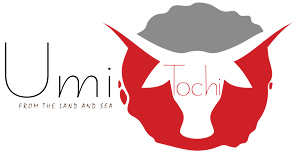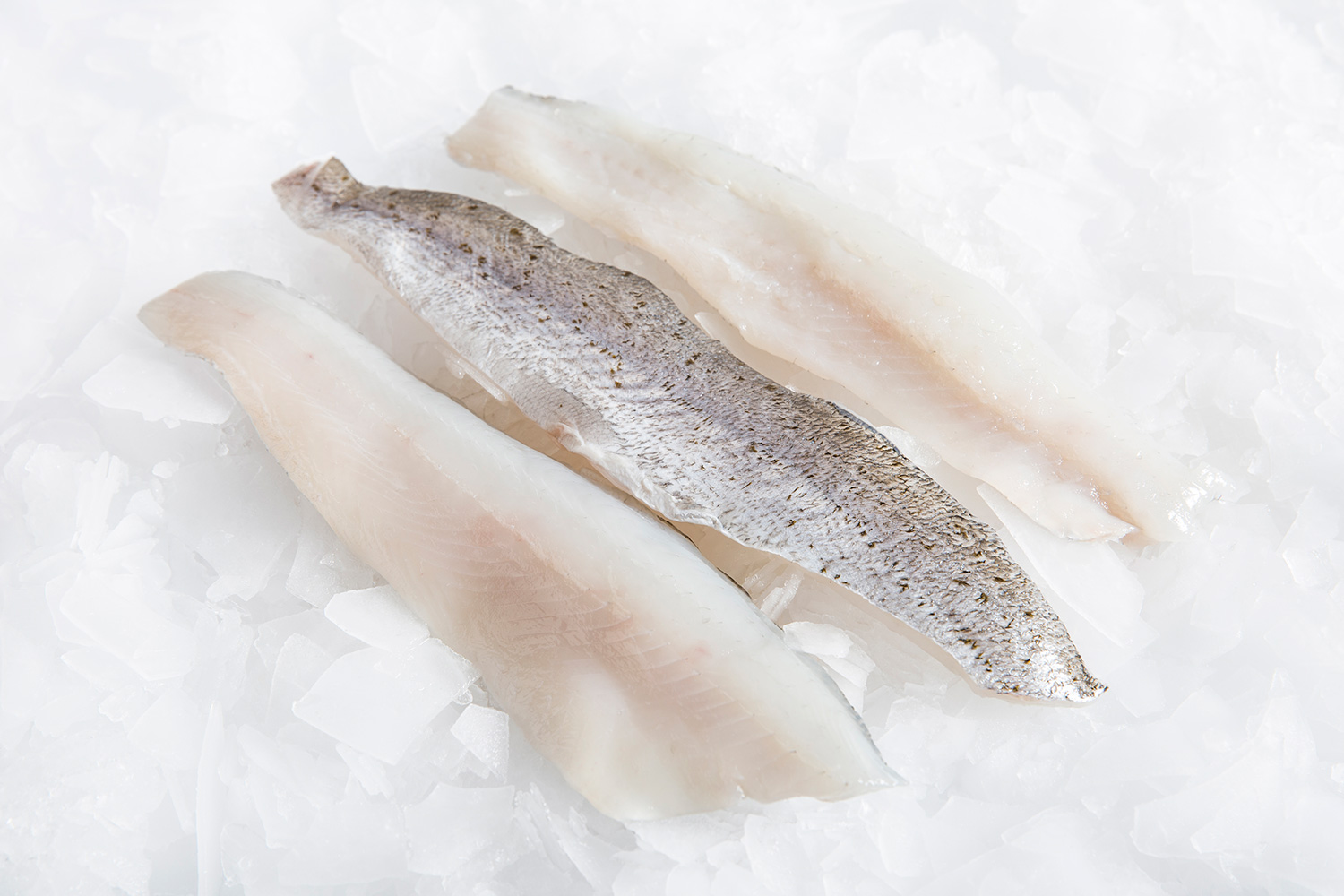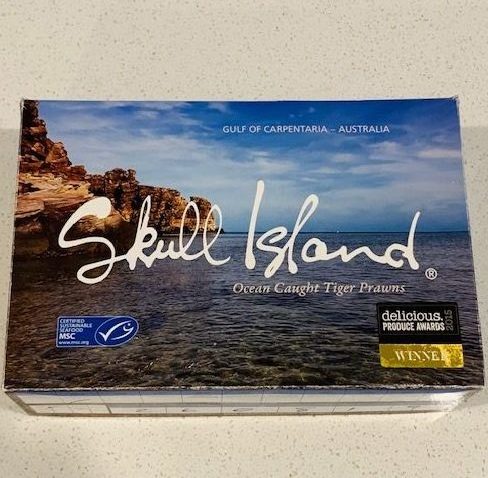Description
King George whiting are found in estuaries and inshore coastal waters throughout Victoria. They have a long slender body and are coloured silver and brown with small black spots. The mouth is quite small and they are slimy to touch.
t is the largest and most sought after of all species of whiting. Its flesh is bright pearly white with a tight, fine-flaked texture and a delicate, subtle flavour.
When it comes to cooking, King George whiting is best prepared simply. Too many flavours can overwhelm.
Sustainably line caught in Gippsland, Victoria
As this product is pre-order only, please allow us a business day to procure it.
Sustainability
King George Whiting occur in bays, estuaries and coastal waters throughout Victoria. The most productive fisheries occur in Port Phillip Bay, Corner Inlet-Nooramunga and Western Port. Stock status of King George Whiting in Victoria is assessed using a weight-of-evidence approach that considers catch per unit effort (CPUE ) from both commercial and recreational sectors, annual fishery-independent surveys of post-larval recruitment in Port Phillip Bay, and age/length composition of the catch [VFA 2017]. Importantly, the indicator data are derived from bay and inlet fisheries that only catch juvenile King George Whiting because the adult life stage occurs in coastal waters [Jenkins et al. 2015]. When describing the status of the Victorian King George Whiting stock it is important to consider how the life history characteristics influence the above indicators.
The dynamics of King George Whiting populations and fisheries in Victorian bays and inlets are strongly influenced by climatic factors that influence the number of larvae transported into the bay and inlet nurseries from coastal spawning areas during spring [Hamer and Jenkins 1996, Jenkins and May 1994, Jenkins et al. 2000, Jenkins 2005]. Because most King George Whiting leave the bays and inlets permanently by four years of age (prior to adulthood) [Hamer et al. 2004], these fisheries are based on just a few age classes/cohorts at any point in time. This means that the fisheries are highly variable at short time scales. Over the past 60 years King George Whiting fisheries production in Victorian bays and estuaries has shown peaks and troughs at approximately 10 to 12 year intervals. These cycles are thought to be related to variation in zonal westerly winds that influence larval transport and survival [Jenkins 2005]. The focus of the fisheries on the bays and inlets also means that the adults occurring in coastal waters are subject to low fishing mortality.
The most recent state-wide King George Whiting assessment was conducted in 2017 [VFA 2017], and assessments of the Port Phillip Bay, Western Port and Corner Inlet fisheries were conducted in 2016 [Conron et al. 2016a, Conron et al. 2016b, Hamer and Giri 2016]. These assessments indicated that King George Whiting catch rates for the main commercial fishing method (haul seine) had increased from 2014–15 to 2015–16 in the two main fisheries at that time; Port Phillip Bay and Corner Inlet. Since 2015/16, commercial catch rate information is no longer informative for Port Phillip Bay due to the removal of most of the haul seine effort. For Corner Inlet, catch rates declined sharply after 2015–16 [VFA, unpublished data]. The recent increase and decrease in catch rate is consistent with surveys of post-larval recruitment in Port Phillip Bay that showed higher recruitment of post-larvae in spring 2013, followed by lower recruitment in 2014 and 2015 [VFA 2017]. Length compositions of recreational catches in Port Phillip Bay and Western Port show long-term stability since surveys began in 2002 [Conron et al. 2016b, VFA 2017]. Length compositions for commercial catches in Corner-Inlet Nooramunga are consistently bi-modal reflecting the two age classes that dominate the harvests, with few fish over 400 mm [Conron et al. 2016].
Recent surveys of post-larvae recruitment have shown increased recruitment in 2016 and 2017, with 2017 being the third highest recruitment of post-larvae observed since surveys began in 1998 [VFA, unpublished data]. This suggests the stock is not recruitment impaired. The 2016 and 2017 cohorts will enter the fishery over the coming few years.
Commercial effort for all gear types in Victoria has decreased since 1999 due to a reduction in the number of licensed commercial fishers in Victorian waters [VFA 2017]. Commercial netting is being phased out in Port Phillip Bay. Since 2016, 34 of the 43 licences have been bought out by the Victorian Government. Commercial net fishing in Port Phillip Bay will cease by 2022. Commercial harvest of King George Whiting from Port Phillip Bay reduced from approximately 62 t in 2016 to 28 t in 2017, largely due to the reduced effort. The main commercial King George Whiting fishery is now the Corner Inlet-Nooramunga Fishery, where the catch in 2017 was approximately 32 t, down from approximately 140 t in 2016.
The species remains highly targeted by recreational fishers in Port Phillip Bay, Corner Inlet-Nooramunga, and Western Port, although no recent information on recreational catch is available. The most recent estimate of State-wide recreational catch was approximately 155 t in 2006–07 [Ryan et al. 2009].
The above evidence indicates that the biomass of this stock is unlikely to be depleted and that recruitment is unlikely to be impaired. Further, the current level of fishing mortality is unlikely to cause the stock to become recruitment impaired.
On the basis of the evidence above, King George Whiting in Victoria is classified as a sustainable stock.





